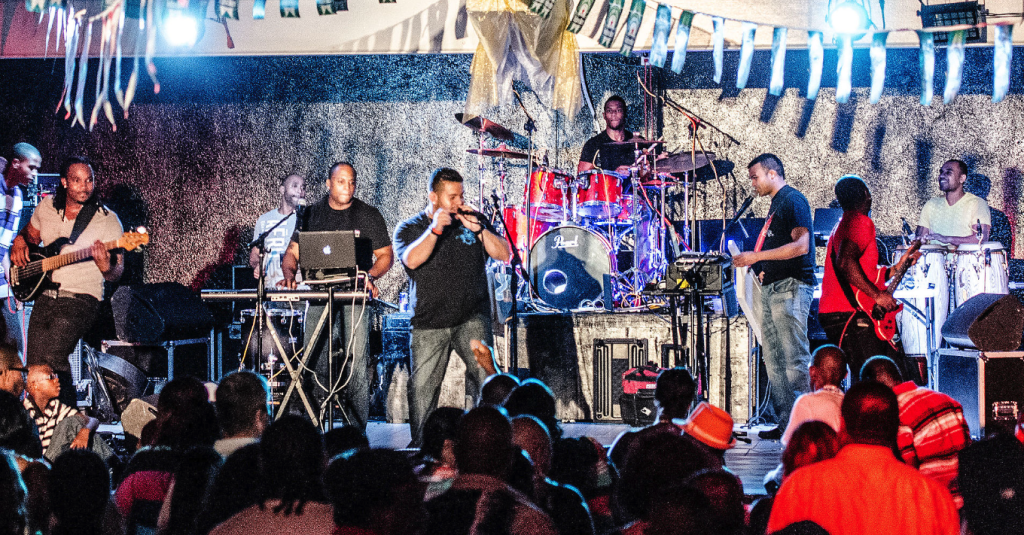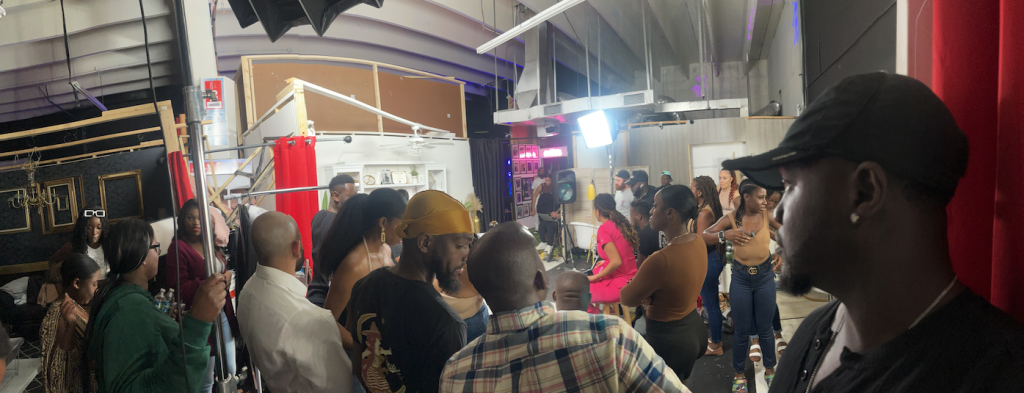
The Haitian Music Industry (HMI) is a vibrant tapestry of genres reflecting the rich cultural history of Haiti. Among these, Konpa stands out as the most popular and influential music genre, resonating deeply with the Haitian people and their diaspora. Despite its prominence, the dance associated with Konpa—one that mirrors the deep, rhythmic, and often sensual beats of the music—has not received the same level of support or visibility within the HMI as its counterparts in other cultures. While salsa is synonymous with Latin music and kizomba with Angolan rhythms, Konpa dance has remained largely underground, often relegated to late-night club scenes known as “Bals” rather than being celebrated in mainstream Haitian media or public events.
The Political and Cultural Undercurrents
Several factors contribute to the sidelining of Konpa dance within the HMI. Historically, Konpa dance has been viewed as too sensual, even bordering sexual, which has led to its association with late-night events rather than mainstream social gatherings. In the conservative sectors of Haitian society, this has resulted in the dance being kept out of public social programming and media, limiting its exposure to a broader audience.
Moreover, Haiti’s complex political landscape has also played a role. During various periods of political instability, cultural expression often became a form of resistance, but also a target for suppression. Konpa, being the most prominent Haitian music genre, found itself at the center of cultural policies that were sometimes restrictive. These policies, coupled with the sensual nature of Konpa dance, likely contributed to its marginalization in public discourse and media.
This marginalization is stark when compared to other genres within the HMI, such as Troubadou, Haitian rap, and Rabòday, each of which has carved out its own space in the cultural milieu. Konpa dance, however, has struggled to find the same level of acceptance and integration into the fabric of Haitian social life.

The Rising Pioneers of Change
In recent years, there has been a growing movement to bring Konpa dance out of the shadows and into the spotlight, led by young pioneers like Sony Laventure. Sony has become a significant figure in this effort, working tirelessly to bridge the gap between Konpa music and dance, and to elevate the latter to its rightful place in the HMI.
Sony Laventure has collaborated with some of the biggest names in the Haitian music scene, including 5Lan, Phyllisia Ross, Klass, Gabel, and NuLook, to bring more visibility to Konpa dancing. His work with top Haitian music video producers like Smitty iProduce has been instrumental in showcasing Konpa dance to a wider audience, integrating it into the very fabric of the music that inspires it.
Beyond his work with musicians and producers, Sony also owns a Haitian dance studio in Miami’s Little Haiti, where he trains, coaches, and inspires the next generation of Konpa dancers. His studio is not just a place to learn dance, but a hub for cultural exchange, where the rhythms of Konpa are felt deeply, and its movements are honed to perfection. Sony’s influence extends beyond Miami, as he conducts workshops throughout South Florida, across the United States, and internationally, aiming to bridge the gap between the most popular genre in the HMI and the fans who love it.
The Butterfly Effect of a Cultural Renaissance
The efforts of Sony Laventure and other pioneers are beginning to bear fruit. Today, Konpa dance is no longer confined to late-night Bals. It is finding its way into public events, weddings, and even school campuses. This resurgence of Konpa dance is creating a butterfly effect, where the once-underground art form is now being celebrated in the open, challenging the status quo and reshaping the narrative around Haitian cultural expression.
However, this change is not without its challenges. There are still segments of the Haitian community that prefer Konpa dance to remain an exclusive, underground experience. They view the dance as something that should be reserved for intimate settings, not public consumption. This tension reflects the broader cultural clash between tradition and modernity, between the desire to preserve the sanctity of cultural expressions and the need to evolve and share them with the world.
The Future of Konpa Dance
As the visibility of Konpa dance continues to grow, so too does its potential to influence and be embraced by other cultures. Haitian Konpa, once known as Compas, has already inspired many genres and continues to be a source of fascination for non-Haitians. If the music continues to be celebrated publicly, the dance will inevitably follow, leading to a wider acceptance and integration into global dance culture.
The efforts of pioneers like Sony Laventure are crucial in this journey. By bringing Konpa dance into the spotlight, they are not only preserving a vital part of Haitian culture but also ensuring its evolution and relevance in a rapidly changing world. As Konpa dance moves from the shadows into the mainstream, it carries with it the hopes and dreams of a community ready to share its vibrant cultural heritage with the world.


